Kashan Rugs
Kashan is an emerald in the heart of Iranian
central desert. It is located in the middle of
the route from Isfahan to Tehran. The best
example of Persian gardens could be found
nowhere than in Kashan. The city reminds
Iranians of handicrafts and rose-water.
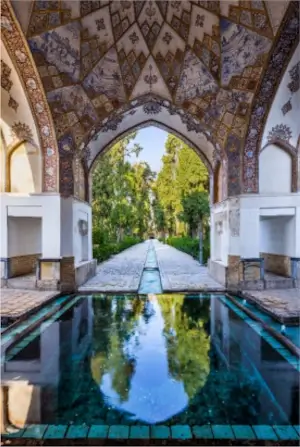
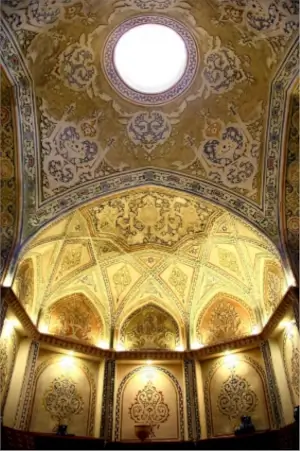
Bagh-e Fin
Interior of Soltan Amir Ahmad Bathhouse
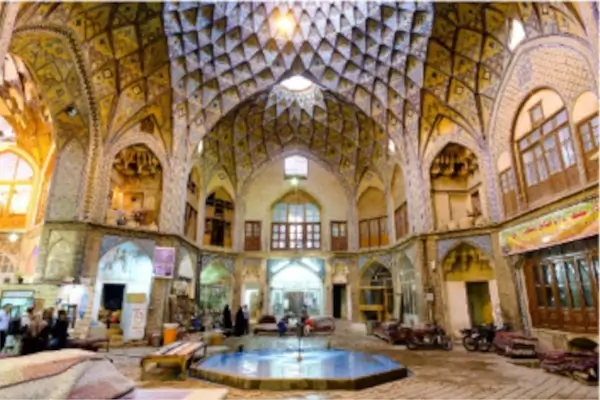
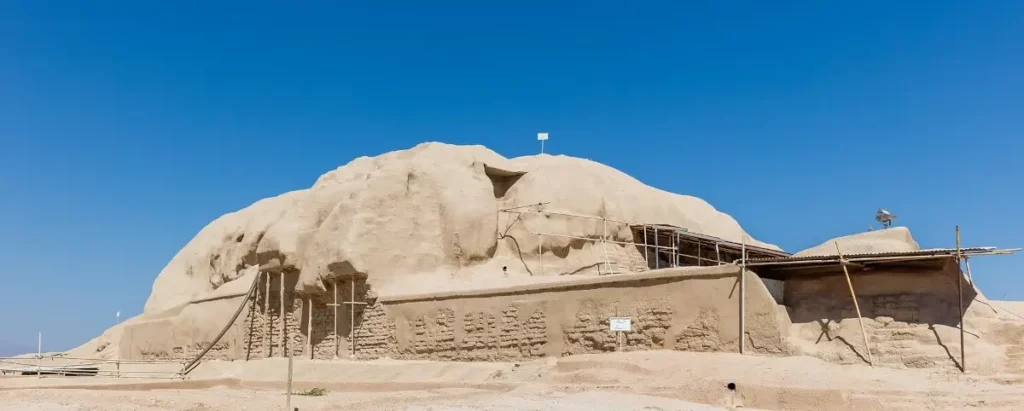
Aminoddole carvansarai
Tepe Sialk
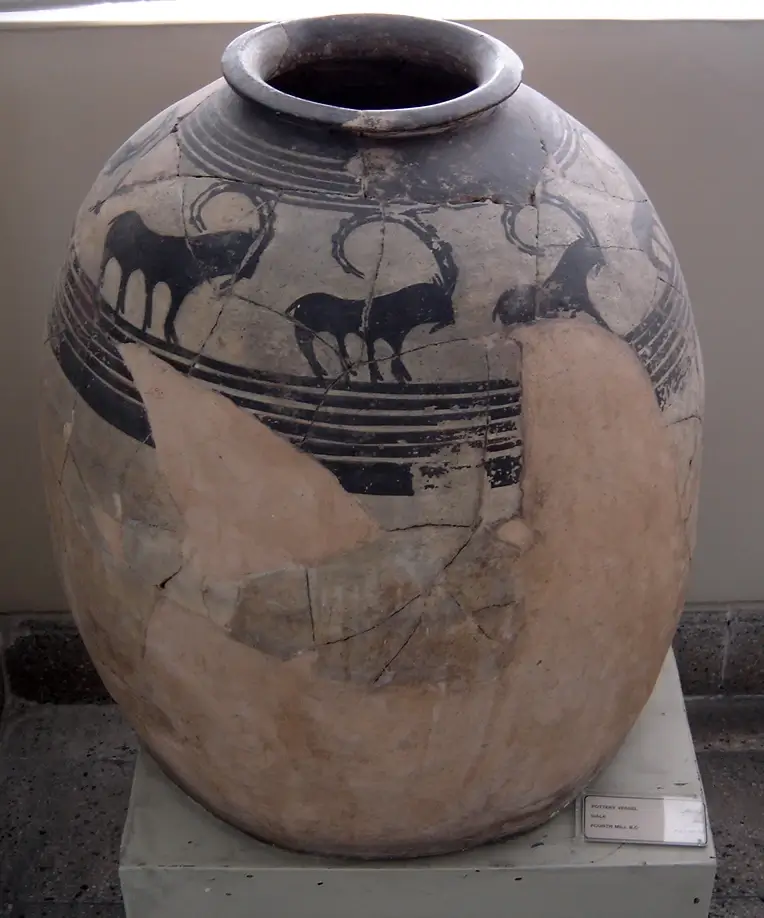
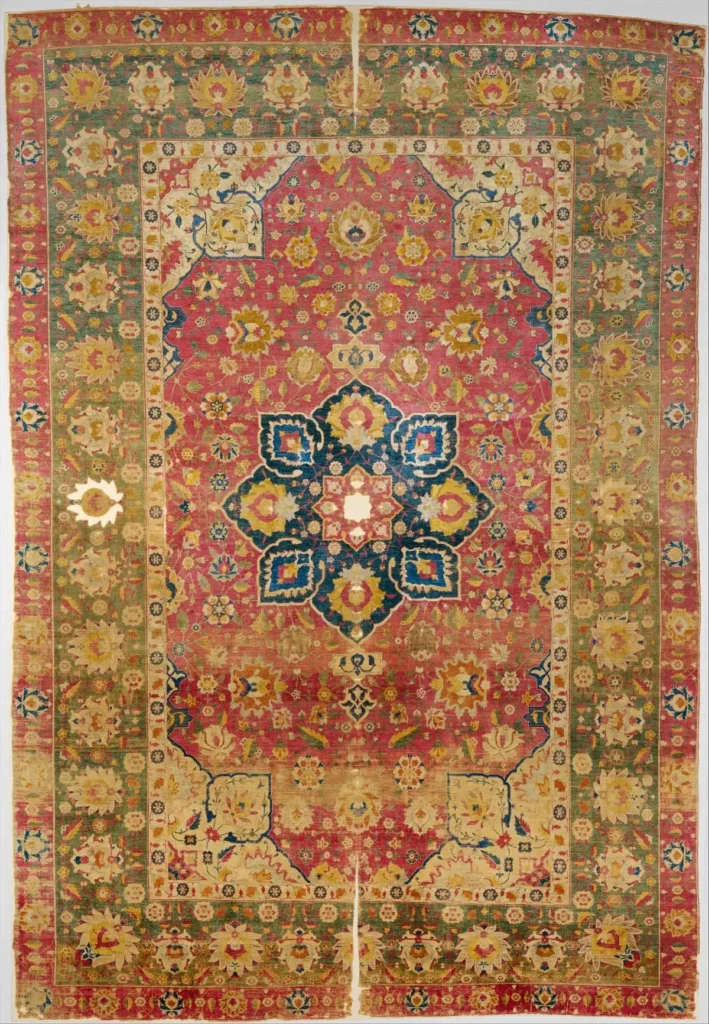
Pottery vessel, 4th millennium BC. The Sialk
collection of Tehran’s National Museum of Iran
Medallion Kashan Carpet, mid-16th century (Safavid period)
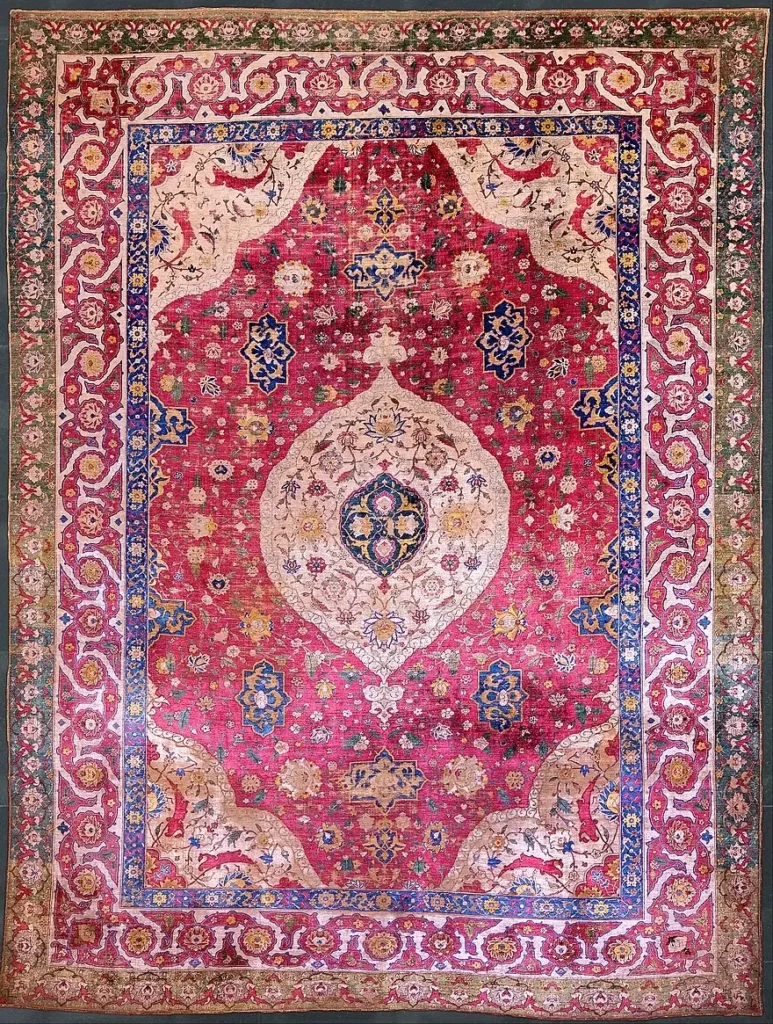
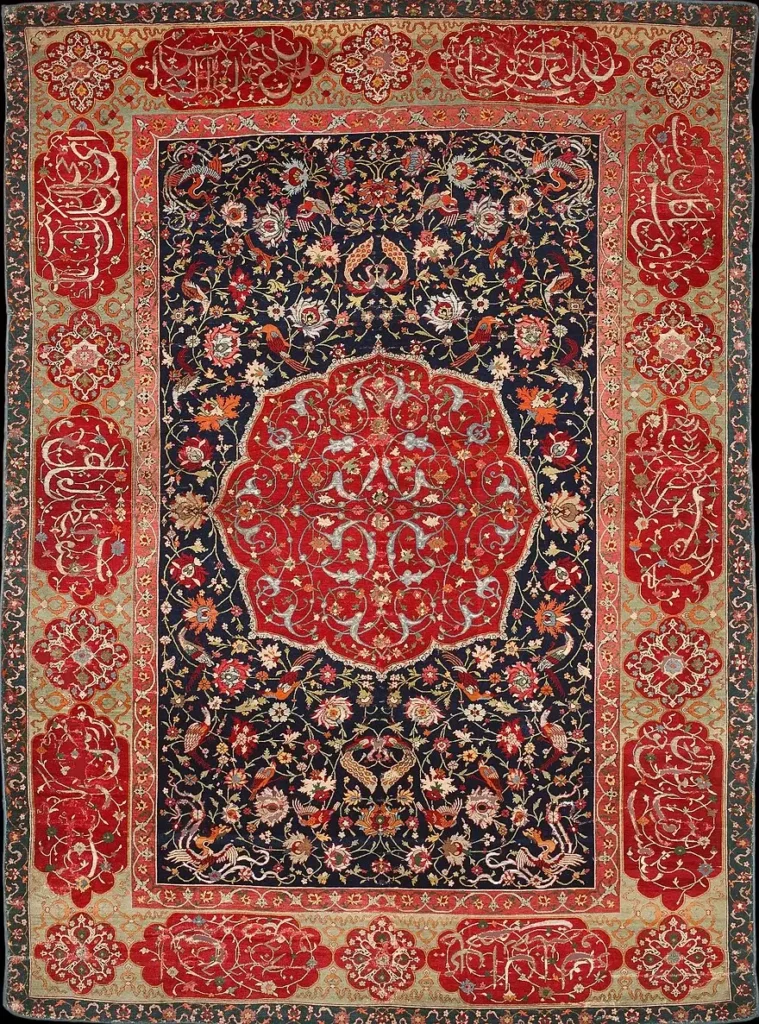
The Rothschild Small Silk Medallion Kashan Carpet,
mid-16th century (Safavid period), Museum of Islamic Art, Doha
One of the “Salting” group. Wool, silk and metal
thread. Kashan carpet, Safavid period, about 1600
The reign of Shah has been referred to as the
most illustrious period in Kashan’s history.
His extended stays, sometimes lasting for
months, made the city an unofficial
secondary capital and a center for the silk and
textile trade and industry. Great court carpets were woven in Kashan
during the Safavid period. Like fine silk and
silver and gold brocaded carpets, Kashan’s
well-known precious textile products, zarbaf
(gold-woven), had domestic uses, with the
royal court as their primary patron.
The fall of Safavid dynasty in 1722 put an
end on Kashan’s golden age but the city
flourished again in the 20th century. Rug
weaving, too, boomed during the last century,
making Kashan a big name in Persian rug
production both nationally and
internationally.
Technical aspects and the structure of Kashan Rugs
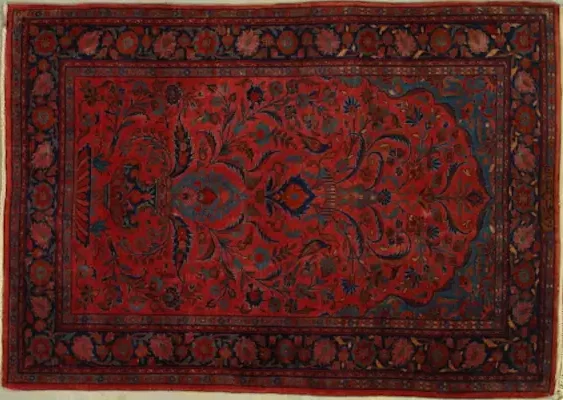
Antique Manchester Kashan Rug
During first decades of the twentieth century,
rug weaving restarted in Kashan using
merino wool from Australia that had been
spun in Manchester, England. Called
“Manchester Kashans” such antique pieces
had velvety, glossy wool. They were woven
until the world-wide economic depression of
1930s began. Thereafter, local wools were
used.
Knots are asymmetrical (Persian) in Kashan,
pile is woolen and warp and weft are cotton.
Knot count is about 200 per square inch.
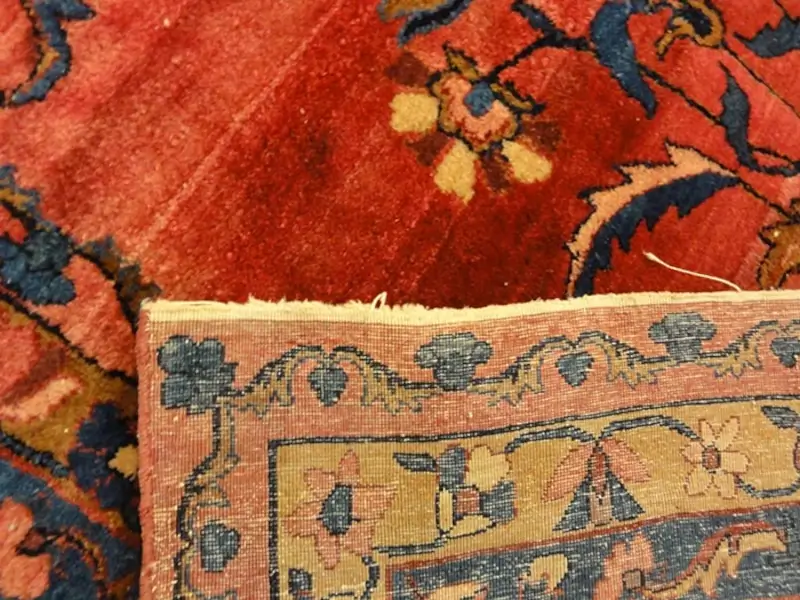
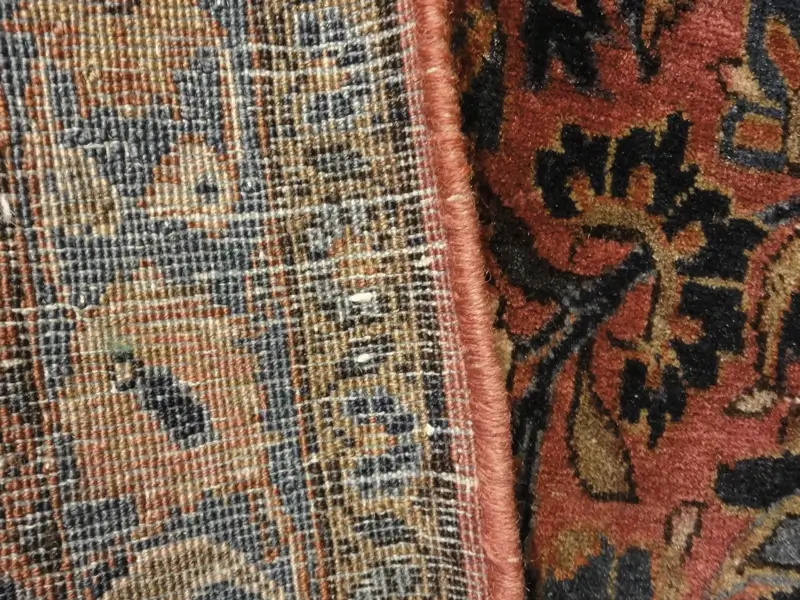
Backside of Antique Manchester Kashan Rug
Backside of Antique Manchester Kashan Rug
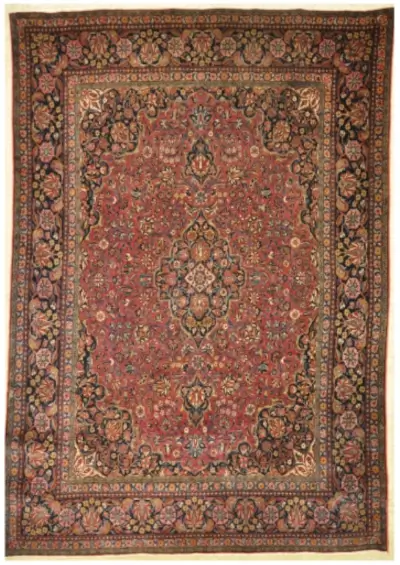
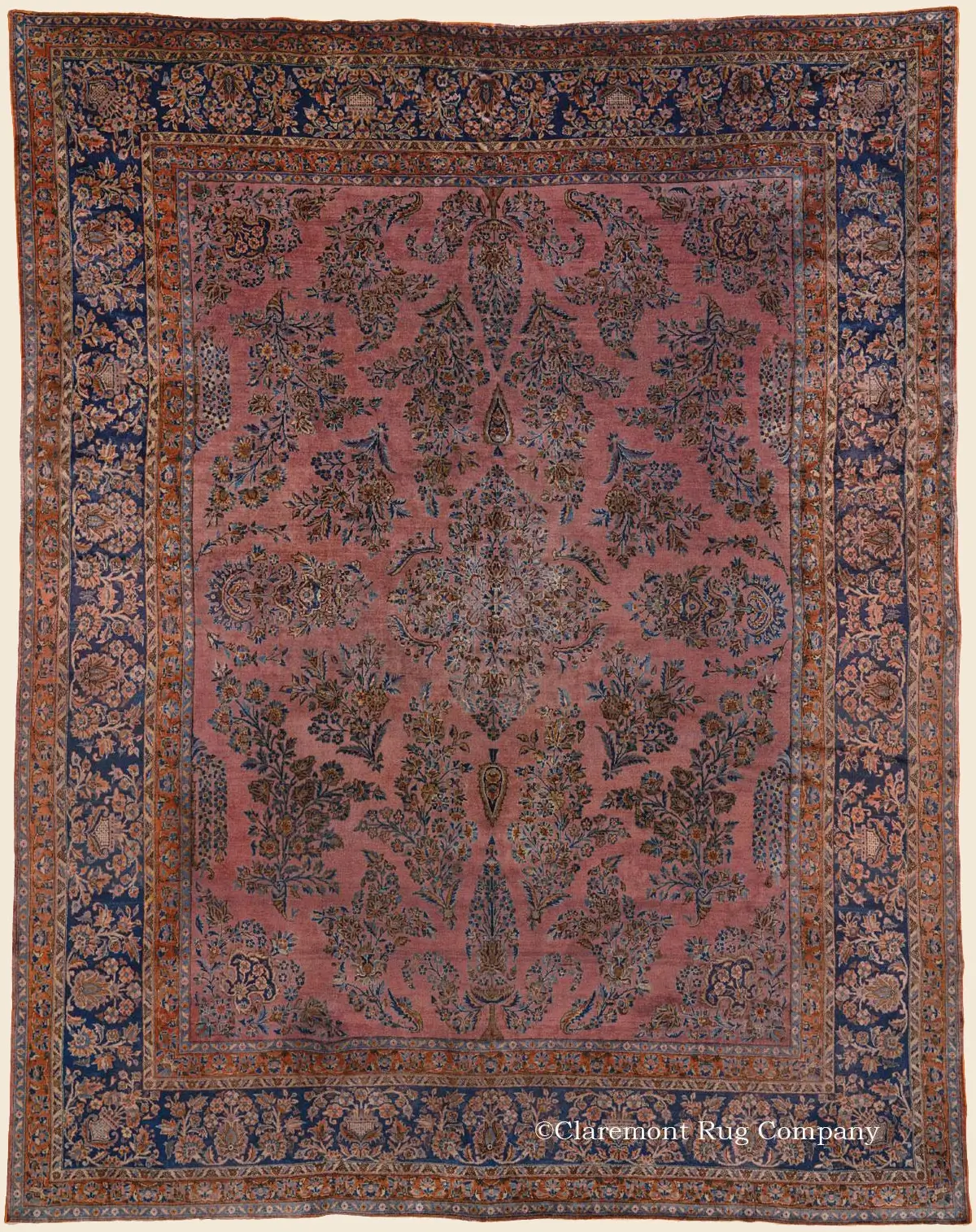
Classic antique Kashan with the softest wool woven
in central Persia. Ca. 1880
Antique Manchester Kashan Rug, Circa 1910

Silk is still produced in the countryside
surrounding Kashan and some silk rugs are
woven in Kashan.
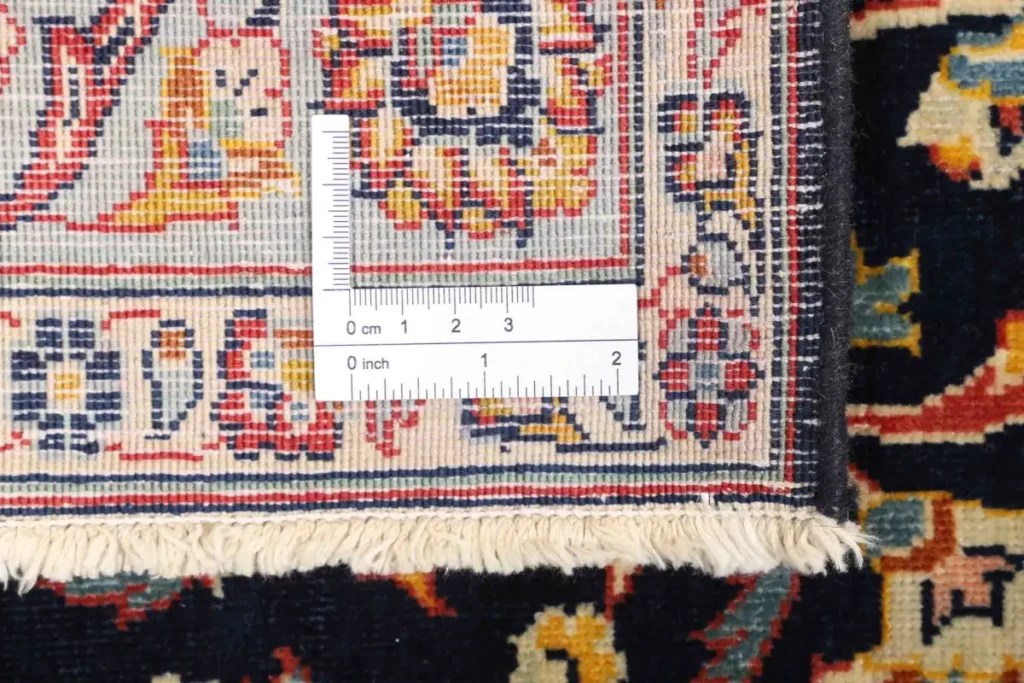
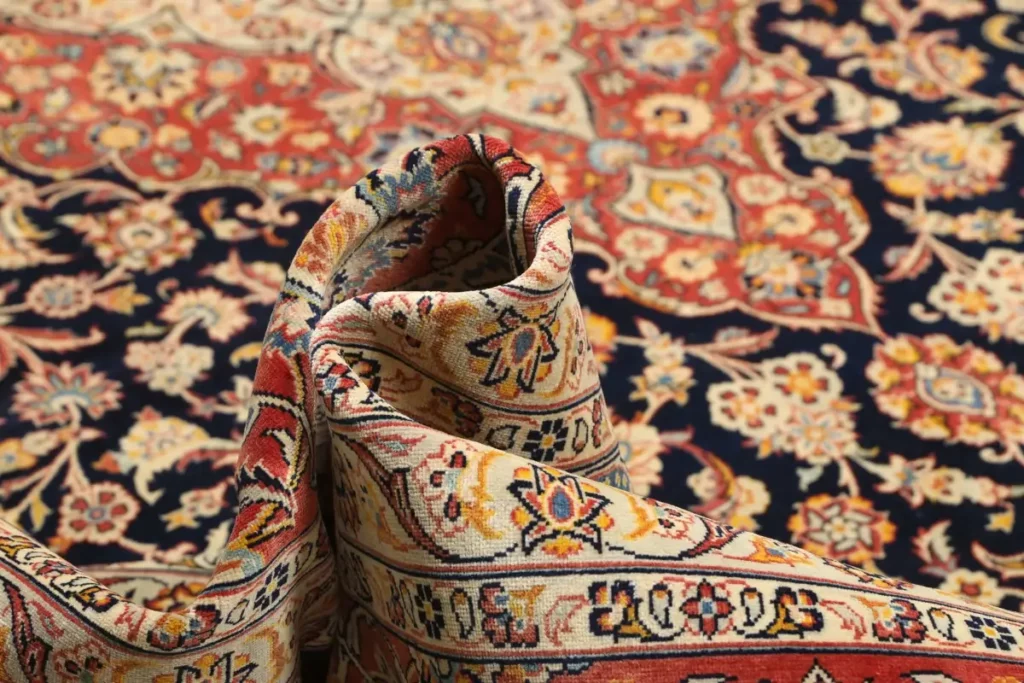
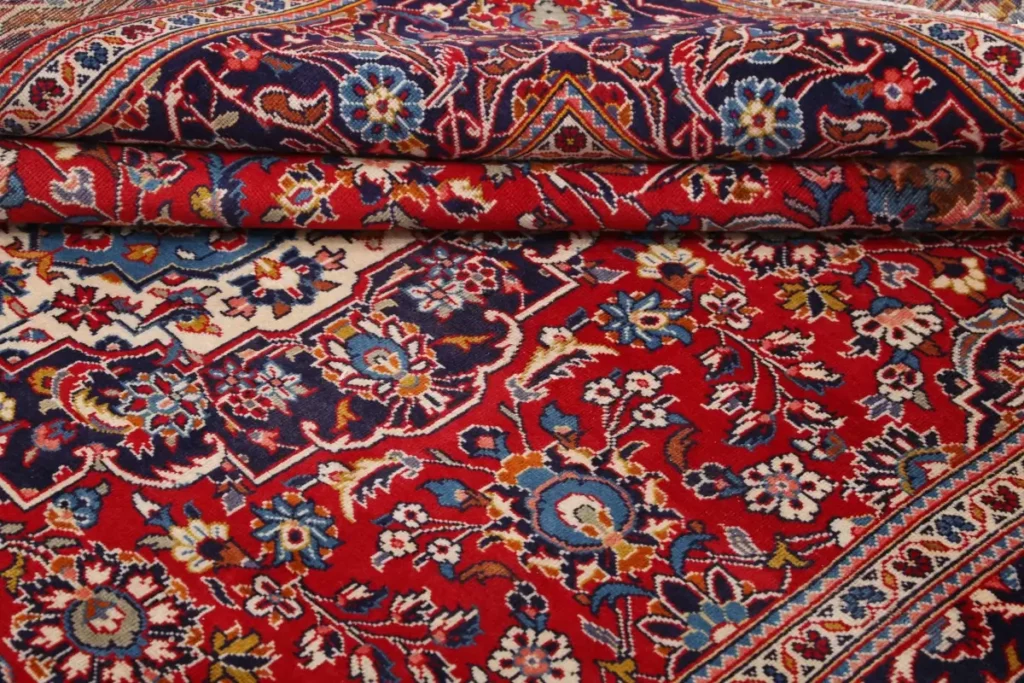
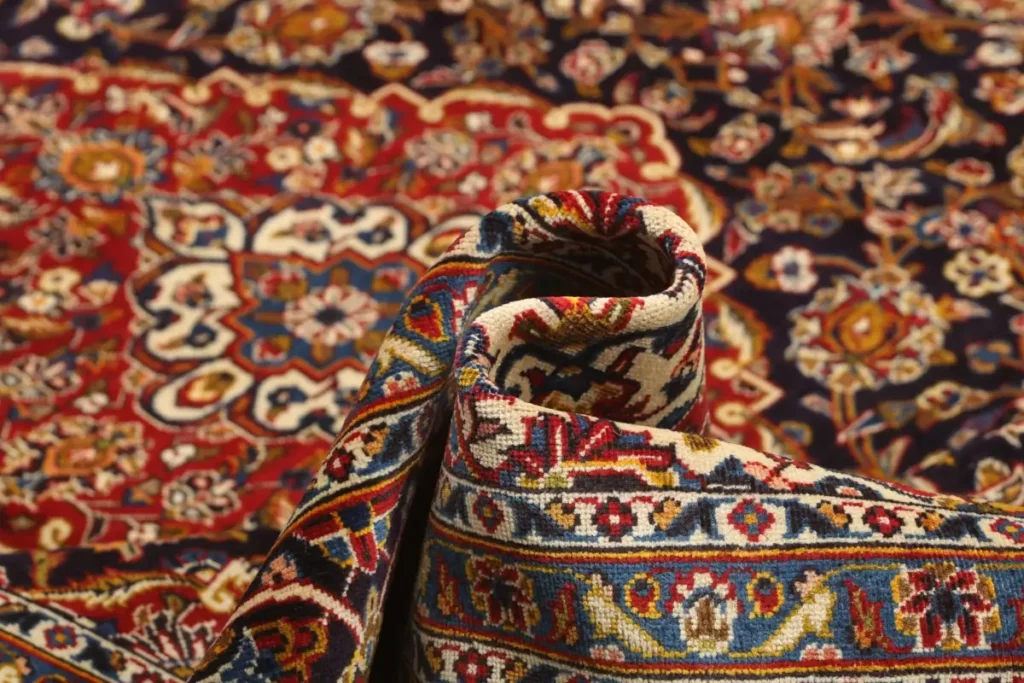
Dyeing and painting of Kashan rugs

In the past many Kashan rugs were woven
with a red field and dark blue margins.
Kashan red is a vivid madder which serves as
a certain clue to Kashan antique rugs.
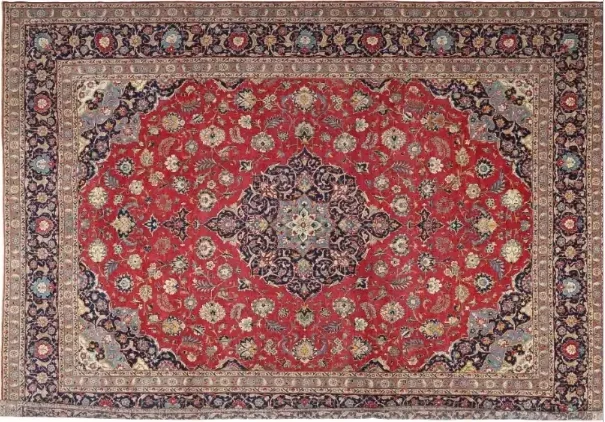
Today cream, ivory, beige and khaki are
favored for dominant colors mostly in pieces
produced for the domestic market.
Nevertheless, red fields are not rare.
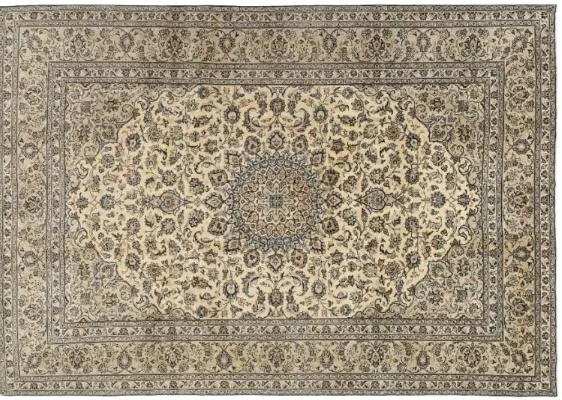
Madder pinks, deep yellow, light turquoise,
light green, light and dark blue and greyish
blues are common for secondary palette.

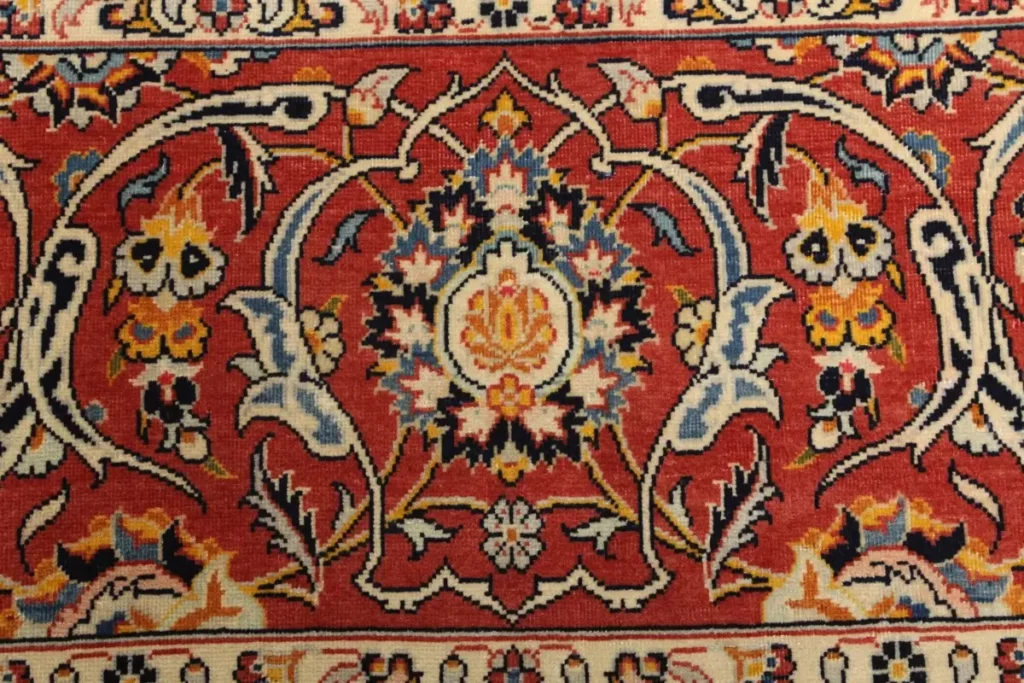
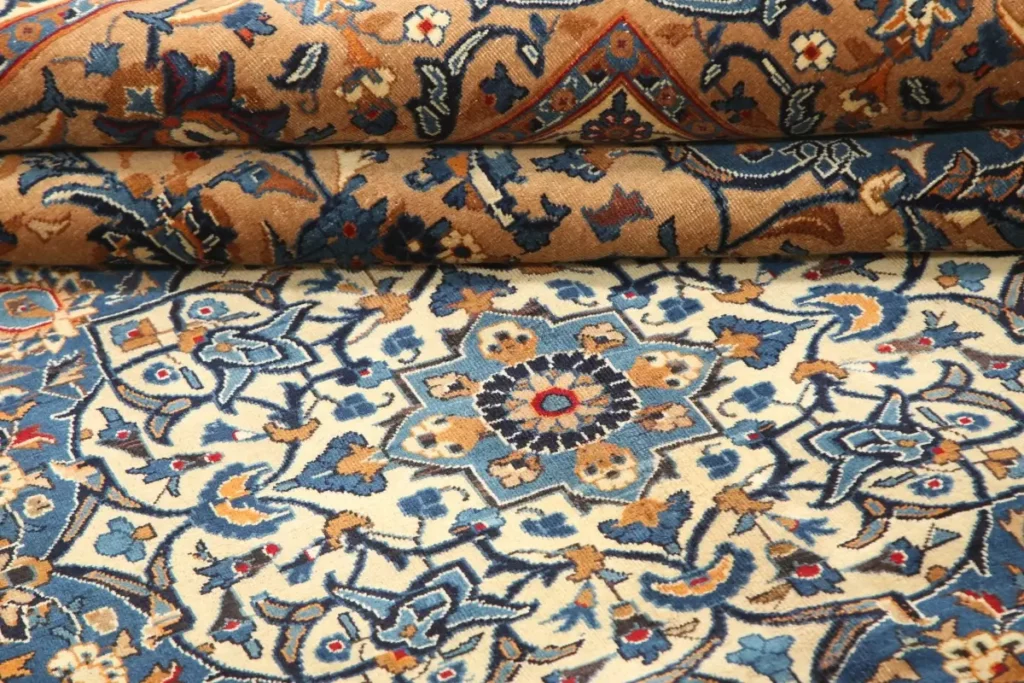
Designs and patterns of the Kashan rugs
Kashan medallions consist of intricate floral
motifs. In opposite the fields are not arranged
too complex.
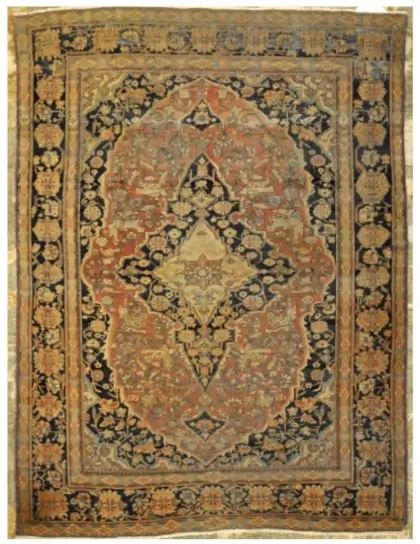
Rare Antique Mohtasham Kashan Rug
There are also medallions is Saruq (Sarouk)
style in which the central medallion is
surrounded by wavering sprays of flowers.
Floral all-over designs, too, are woven
frequently in Kashan.
Kashani designers use pictorial elements, like
buildings and landscapes, in traditional
designs, such as medallions or prayer
designs.
The latter are very common in Kashan, with arches and cedars and wavering spirals of branches. Antique Kashan prayer rugs have world-reputation.
The latter are very common in Kashan, with arches and cedars and wavering spirals of branches. Antique Kashan prayer rugs have world-reputation.


